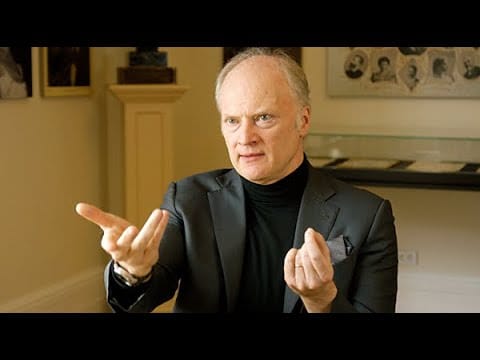‘Questions of conflicts of interest are not unknown at Carnegie (Hall)’
mainVery thoughtful piece on the Carnegie Hall board wars by Russell Platt in the New Yorker.
Sample:
Questions of conflicts of interest are not unknown at Carnegie. The last big one occurred in 2007, when the hall awarded the son-in-law of Sanford I. Weill, the board chairman at the time, a multimillion-dollar contract to renovate Carnegie’s tower studios into rehearsal rooms and educational spaces. Weill’s involvement in the appointment of Perelman—who, upon becoming chair, pronounced that he wanted to bring more pop acts to Carnegie—was also pivotal. To calm the ensuing controversy, Weill told Bloomberg News that in naming Perelman, a notoriously aggressive and litigious corporate raider, to the chairman’s post, the public would “see a nicer, kinder, less litigious Ron than you’ve seen in the past.” Now we know how that worked out.
Read the full article here. The only element missing is the personal animus between Perelman and Blavatnik – something both of them should have clarified before the chairmanship was settled.






Comments